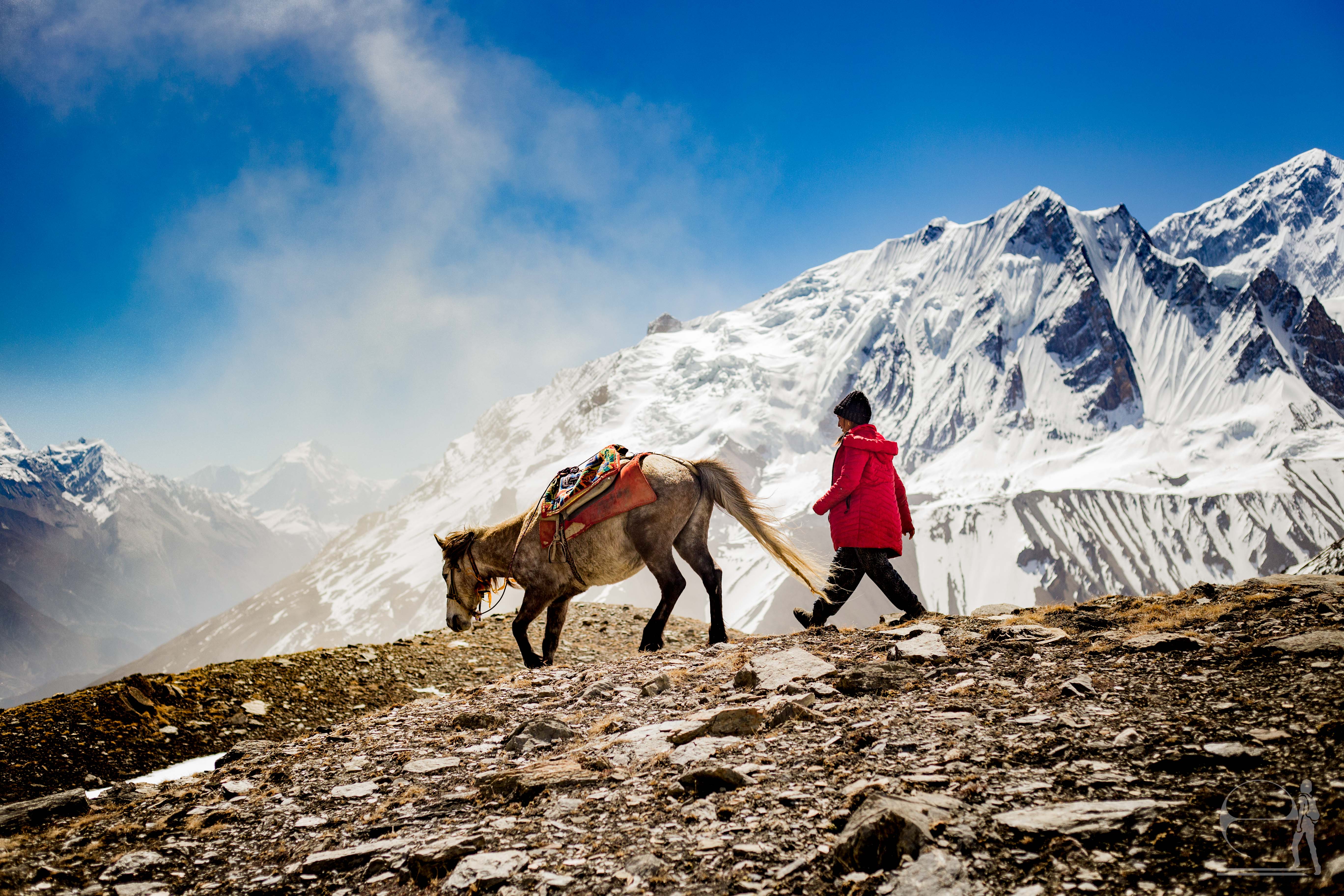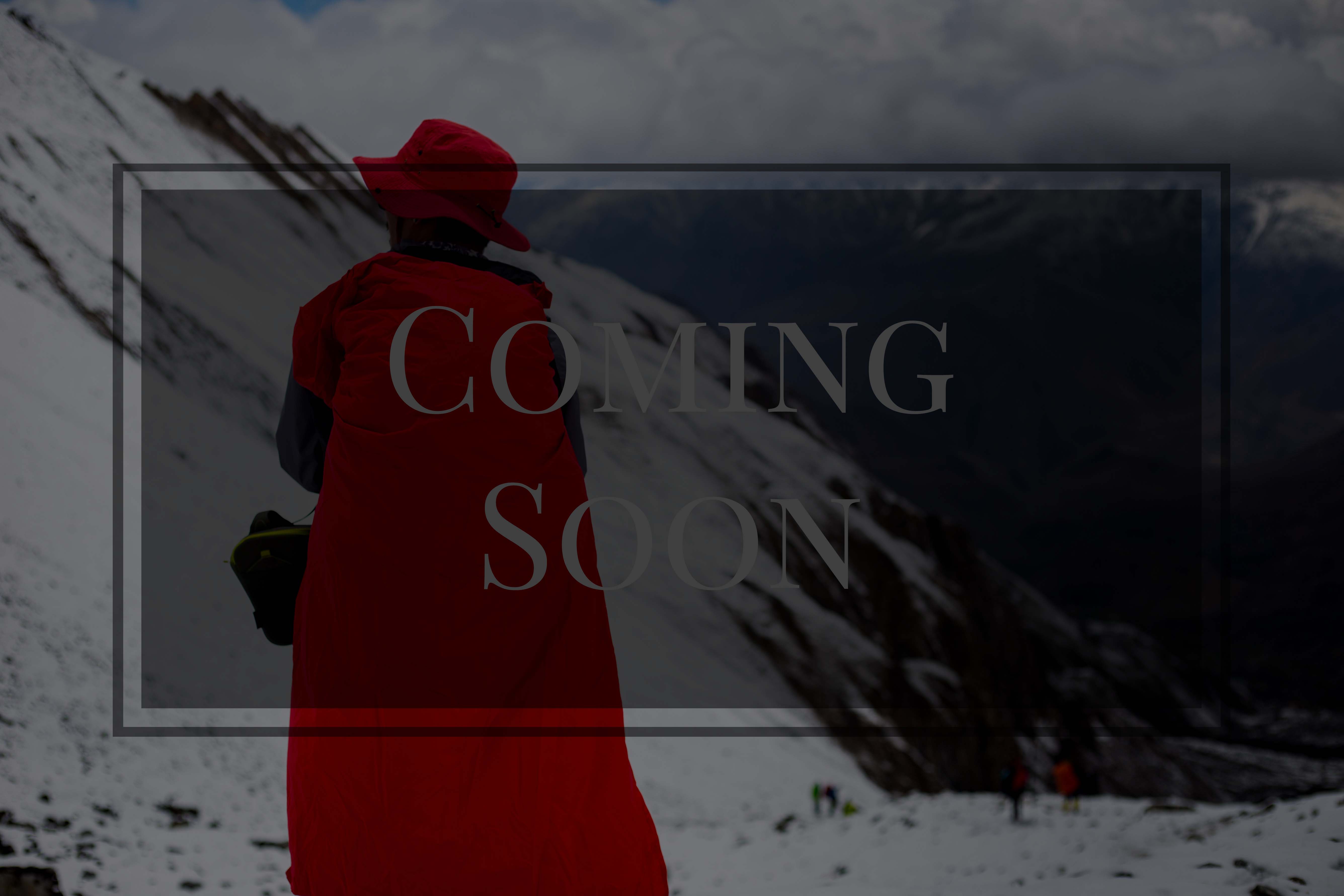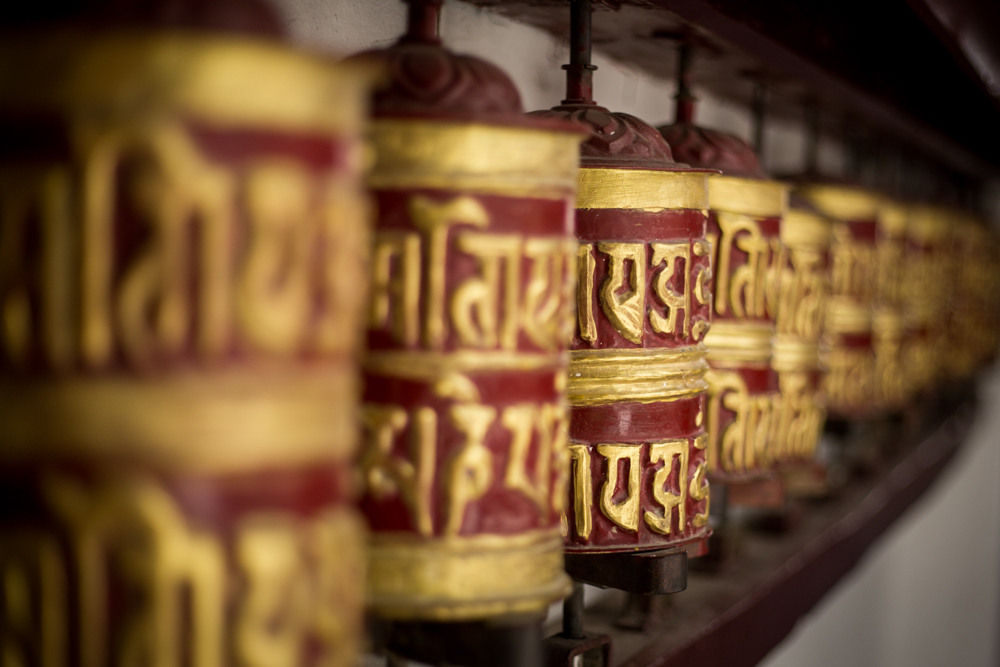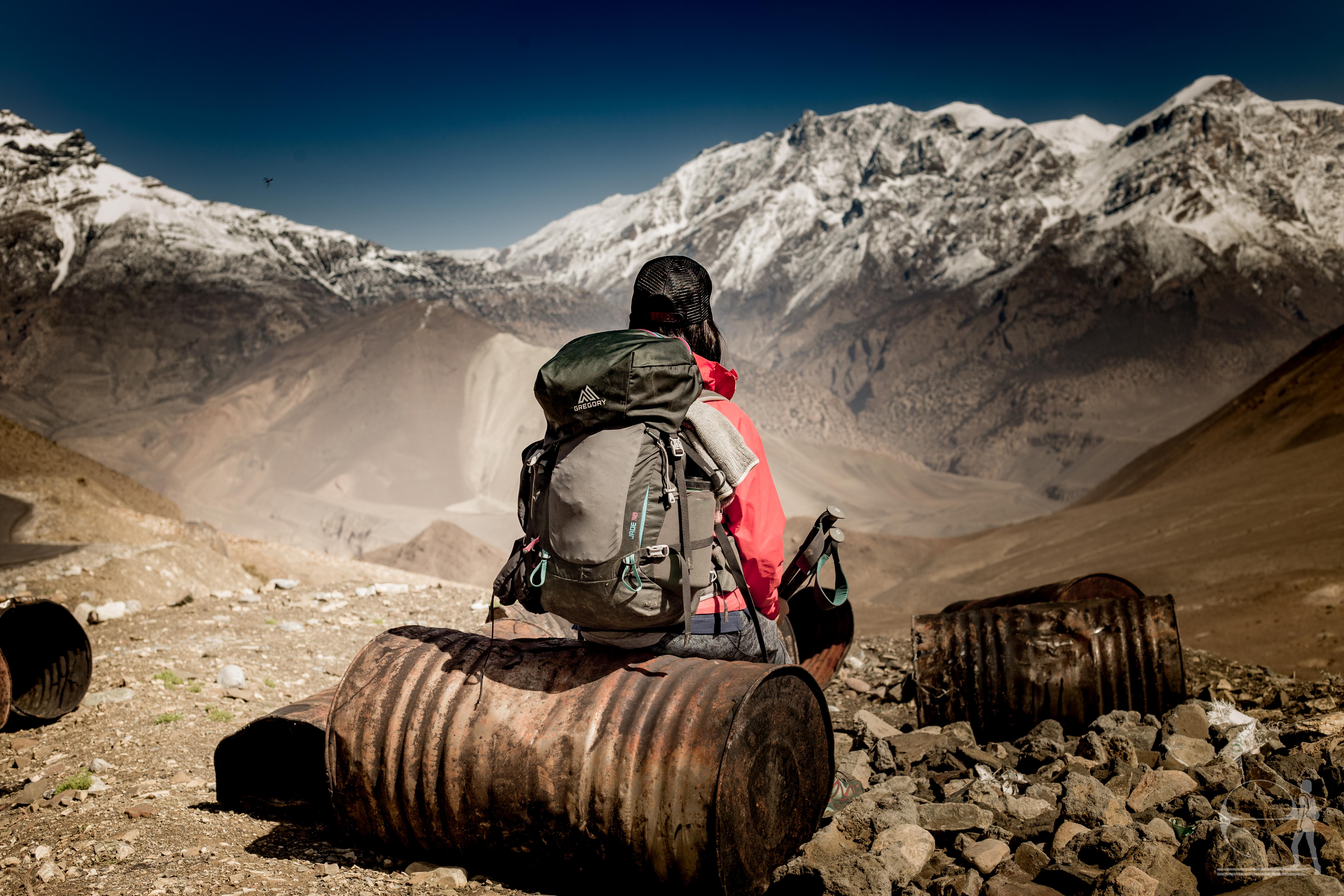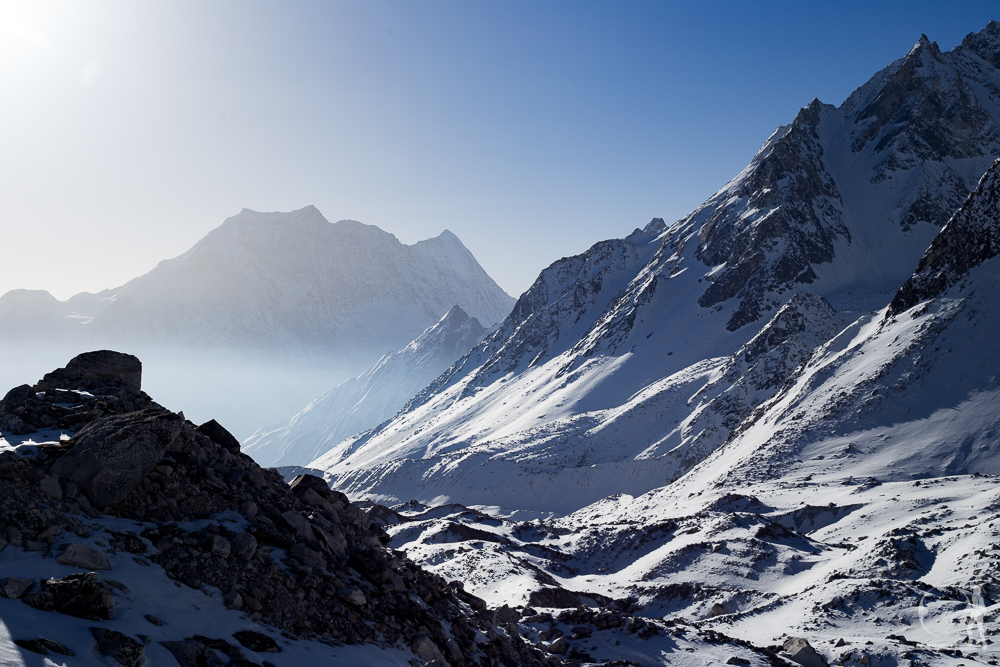/ Layering 101
4. How do I layer?

We’ve figured out the performance we need from our clothes under specific trail conditions. And, we’ve worked out which fabrics work best in the different conditions. Now, let’s revisit my packing list and put everything together.
We’ll start from the layers next to your skin and work outwards. To adjust for temperature in between the two extremes, lose or add in some of the mid-layers accordingly. You might still want to keep the outer shell layers even in warm temperatures to protect against wet, wind, and dust.
Note that I rarely bring all of the gear listed below at the same time. Rather, based on the weather, elevation, and duration of the trek, I pick out the gear I’ll need. This packing list will last me for 20 days on the trail, if I do laundry along the way.
| Cold weather | Warm weather |
|---|---|
| Base-layer top x 1 Base-layer bottom x 1 Mid-layer top x 1 Mid-weight insulating layer x 1 Mid-weight down jacket x 1 Water-resistant hiking pants x 1 Beanie x 1 Thin liner gloves x 1 Thick outer mittens x 1 Thick socks x 1 Gaiters x 1 | Short or 3/4 sleeved shirt x 2 Leggings or hiking pants x 1 Hat or cap x 1 Sunglasses x 1 Light socks x 2 Rain jacket x 1 Buff / light mask x 1 |
Warm weather
Base-layer
Let’s start from the base-layer, the layer next to your skin. This layer needs to manage your moisture, wicking it away from your skin to keep you dry.
Besides your underwear, you want a very thin merino or synthetic top. For warmer weather, I prefer a 3/4 sleeve loose top since this offers sun protection. Of course, when the temperature climbs towards 27C/80F, I switch to a t-shirt. Some people opt for tank-tops, but my shoulders always burn and I like a layer between my skin and backpack straps.
In warm weather, I don’t wear base-layer bottoms.
Outer-layer
The outer-layer protects you from the elements.
My warm-weather outer layers consist of an optional rain jacket and my pants. The rain jacket keeps me dry and also protects against wind and dust. It’s also useful as a thin wind layer in the mornings before the sun heats up.
For my bottoms, I usually go with water resistant hiking pants or synthetic leggings. I don’t wear shorts because I like the sun protection and (during monsoon season) leech-protection offered by the pants/leggings.
Miscellaneous clothing items
In addition to my layers, I incorporate light merino socks, a cap, sunglasses, and a Buff or dust mask in my warm weather gear.
Cold weather
Base-layer
Next to your skin, you want a layer that will manage your moisture and keep you try, such as a light-weight merino or synthetic shirt. Some people prefer a short-sleeved or tank-top layer followed by a long-sleeved layer, but I just go straight for the long sleeves.
On my bottom, I have a mid-weight merino or synthetic leggings. While these are “heavier,” they still do the same job of moving moisture away from my body.
Tuck your top into your leggings: this creates a treacherous path for the wind. What this means is it makes it harder for the wind to make it through all the layers to your skin.
Read more about base-layers from REI’s Expert Advice.
Mid-layer
On top of my base-layers, I have a few mid-layers for my top half. Mid-layers insulate you, keeping you warm enough.
Use a mid-weight merino or synthetic long-sleeved shirt followed by an additional insulating layer, like a light down jacket or a thicker merino or synthetic layer, as needed.
If the temperature is cold enough, I switch out the second insulating layer for a thicker down jacket. As a disclaimer, I’ve used this in other situations, like ice climbing, but have not needed it while trekking. Remember, down works best when it retains its loft (fluffiness). If you squish it down between your layers, you won’t get a lot of warmth.
I don’t have a mid-layer for my bottom half, since I went with a mid-weight layer as my base. My legs also just don’t get as cold.
As with above, tuck your clothing in, staggering the layers, when you can.
Read more about mid-layers from the Altitude Blog.
Outer-layer
The outer-layer protects you from the elements.
My cold weather outer layer consists of a rain jacket and water-resistant pants. The rain jacket keeps me dry from rain and snow, while also protecting from the wind.
Water resistant pants are necessary in colder weather to protect you from the rain and snow.
As with above, tuck in your clothes where you can.
Miscellaneous clothing

In addition to my layers, I incorporate heavy merino socks. I tuck my base-layer leggings into these socks. I use a beanie for my head, as a layer underneath my various hoods. I also wear a Buff or light mask to protect my face from the wind and cold.
Then, I layer my gloves. I try to never have bare hands exposed when it’s below freezing. Instead, I have a thin “liner” glove covered by thicker mittens. If I need more agility to perform tasks, I remove my mittens and keep my hands in the liner gloves. If you get conductive liners, you can even use your phone with your gloves on. Remember to tuck your sleeves into your gloves.
Lastly, if I’m walking through deep snow, I use gaiters outside of my pants and shoes. This creates a treacherous path for the snow to get into my boots and then onto my skin.
Keep reading to learn where to get all these layers without breaking the bank.

